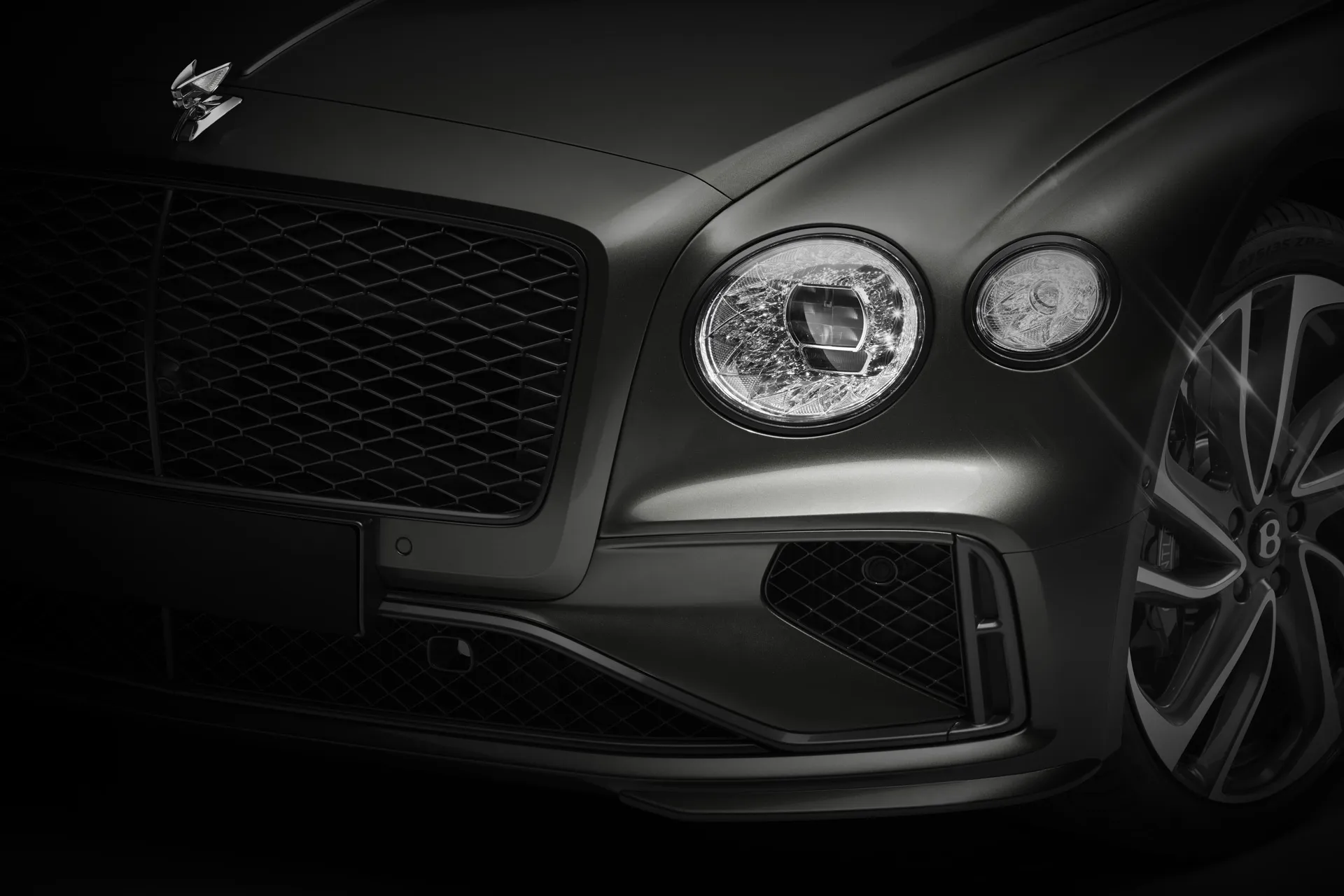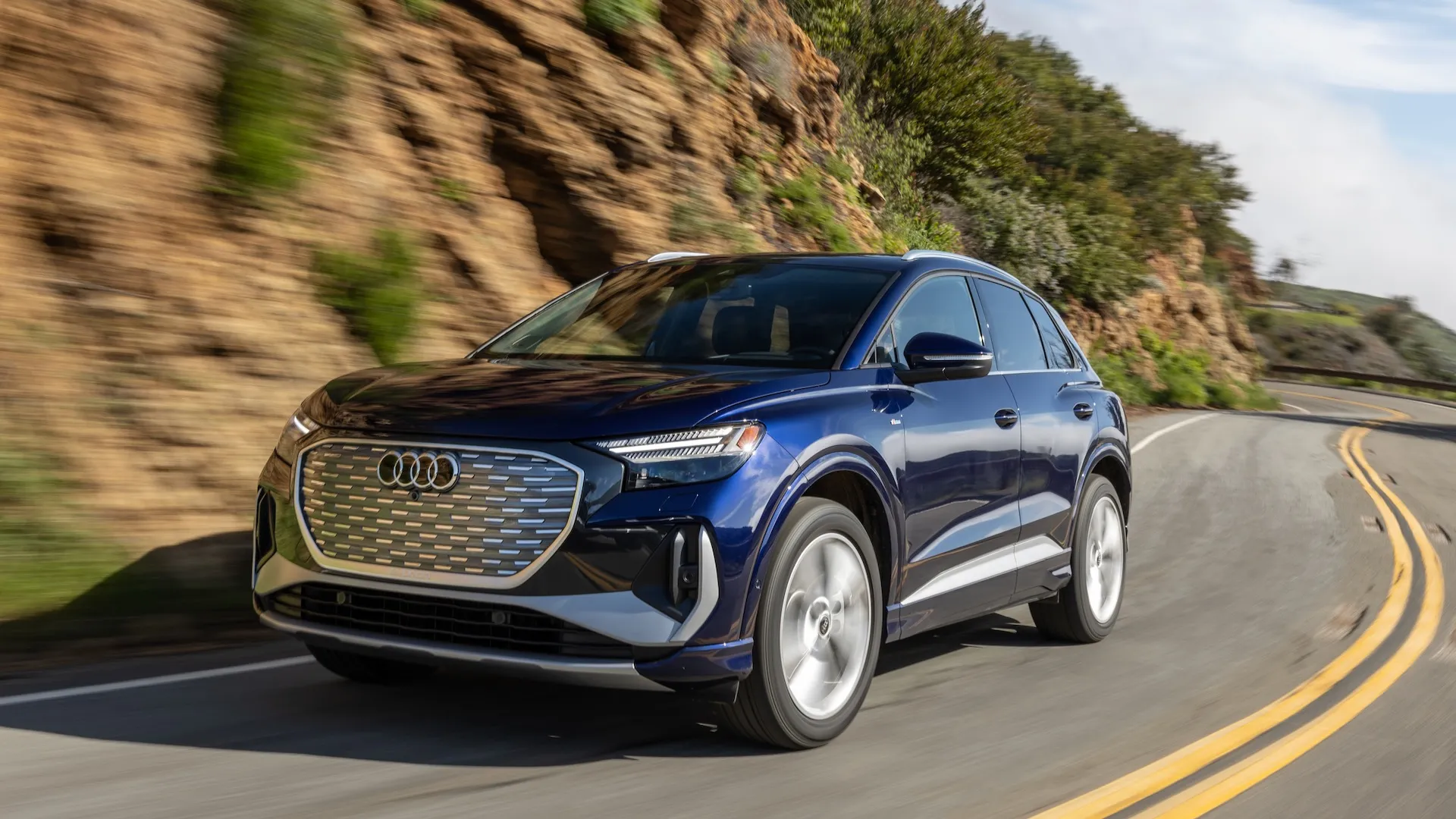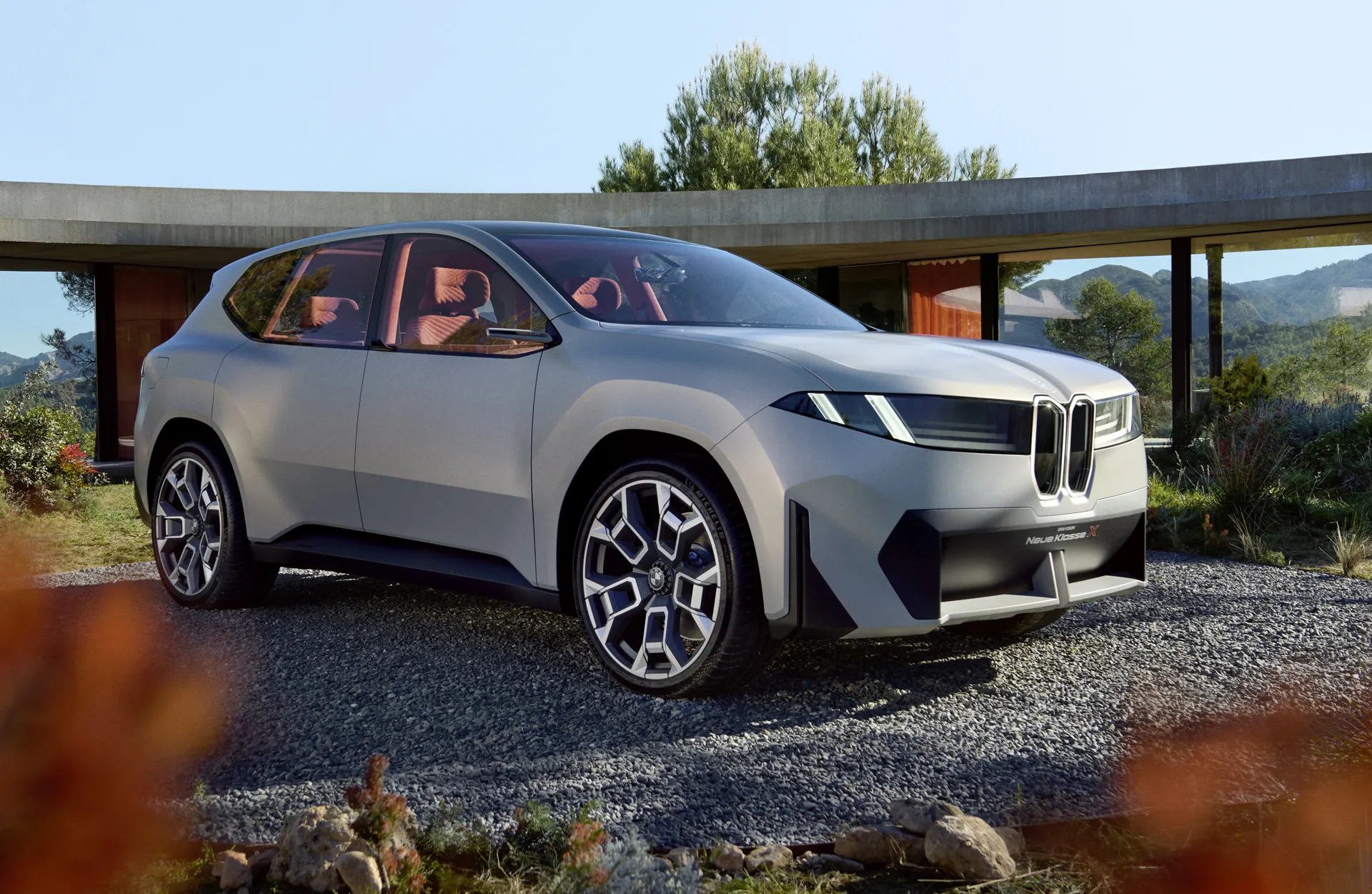
Artificial intelligence poses all kinds of questions for society—and in the automotive world, electric cars are doing the same.
But while we know that EVs will change the world, mostly for the better, the future of an AI-inflected world is less certain.
How will AI and EVs intersect? BMW is among the automakers eager to find out as it launches the concept versions of its new electric companions to the 3-Series and X3.
Those new EVs have been teased over the past two years as the “Neue Klasse,” to denote new generations of vehicles that may eventually replace two of BMW’s most popular vehicles. Sized like those existing gas-powered vehicles, the Neue Klasse sedan and SUV promise faster charging and more range than BMW’s current crop of electric vehicles.
They also promise a lot of the future of the brand. The Neue Klasse architecture will spawn six new vehicles in the 18 to 24 months that follow the first vehicle’s market launch. That’s set for the end of 2025, when production of the first versions begins in Debrecen, Hungary, in what BMW promises will be its first fossil-free factory. It’s already begun its battery plant build-out in San Luis Potosi, Mexico, to support the duo as well as future versions of the cars, and eventual production of vehicles in Mexico for the U.S. seems likely.
BMW Vision Neue Klasse X concept
What is the BMW Neue Klasse? It’s the X3 and 3-Series, refracted
What will the Neue Klasse bring? Magnitudes of change for BMW’s stalwarts, along many vectors. The shapes hark back to the spare, glassy bodies of the brand’s best ‘60s vehicles: BMW’s hallmark twin-kidney grille, for example, gets backlit for emphasis, while the Hofmeister kink of the window pillar and the L shape of the taillights convey its heritage as smartly as the whirling-propeller logo.
The explicit and vague resemblances to the past end there. With a long wheelbase and short front and rear overhangs, the Neue Klasse cars, the SUV in particular, offer a big, brightly lit interior, the likes of which haven’t been seen in decades. Electric-vehicle architectures permit those more easily: a stronger battery-reinforced floor allows a stiffer body with thinner pillars, bigger windows, and in this case, a panoramic glass roof.
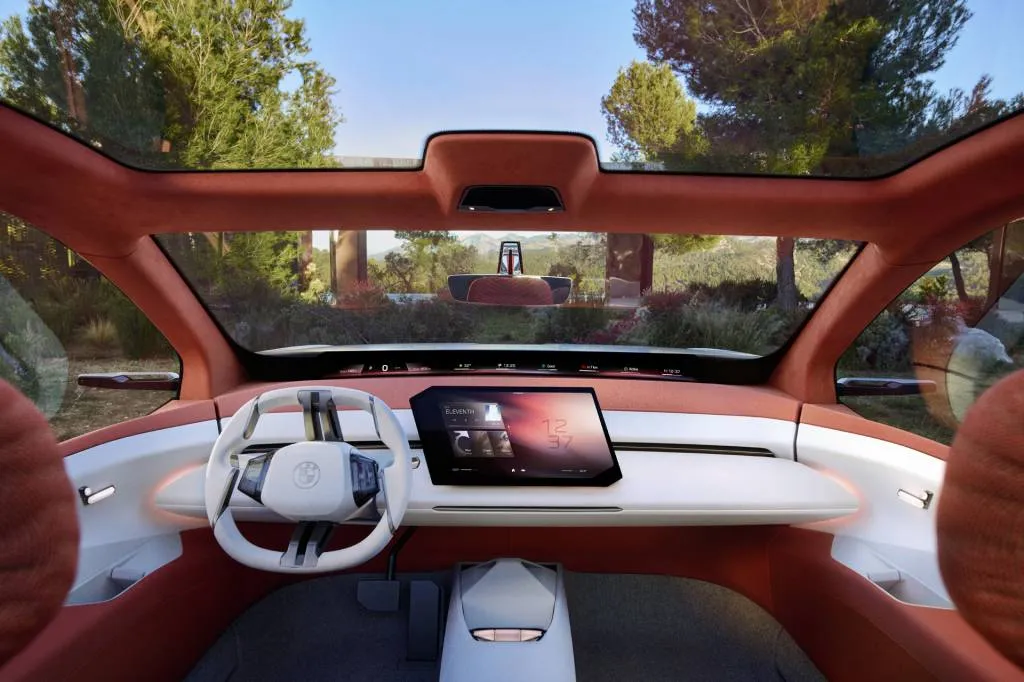
BMW Vision Neue Klasse X concept
Space for people improves, but so does the connection between those people and the car itself, BMW designers offered during a recent tour of the company’s newest Designworks studio in Santa Monica. The connection grows deeper through infotainment, through a system which weds a panoramic digital display with a more advanced voice assistant that, together, relieve some of the need for small controls or on-screen functions.
Drivers can customize a vast range of vehicle functions through the interface. The sounds programmed into the concept vehicle can be adjusted along axes for a more technical or natural sound, softer or louder. The dazzling band of information that splays across the dash and into the head-up display can be reconfigured by sliding and dropping tiles as the driver sees fit. And in terms of adapting to the needs and wants of existing users, BMW says it will continue to offer Apple CarPlay—it won’t be able to take over all the screens a la Porsche or Aston Martin, but neither will it be omitted, like GM’s new electric vehicles.
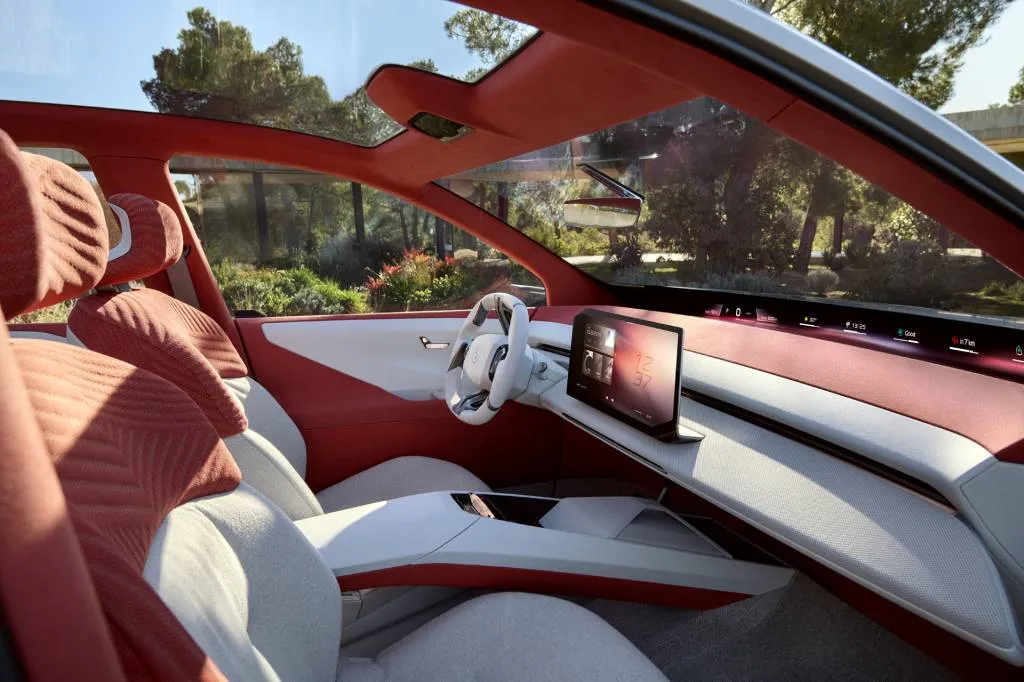
BMW Vision Neue Klasse X concept
BMW will showcase its rapidly improving propulsion systems in the Neue Klasse, too. In the production versions, new cylindrical battery cells in an 800-volt system will deliver a 30% boost in charging speed, with up to 30% better driving range. Both will complement the car’s far better aerodynamics, something like 20% more slippery than its current X3.
It’ll all work in concert with the glassy cabin and retro details in what BMW designers refer to in the ultimate of throwbacks: they call it sprezzatura, a term applied by Renaissance society to the effortless elegance and composure of contemporaries. In BMW-speak the Neue Klasse will be the Baldassare Castiglione of the C-segment, as it were.
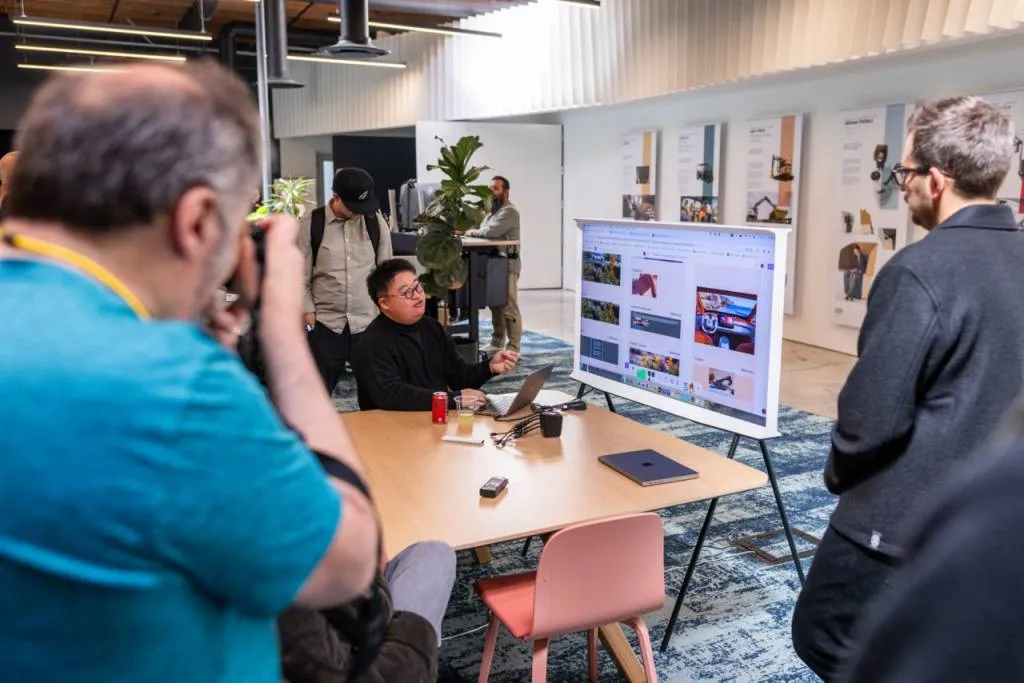
BMW Designworks and the Neue Klasse X Concept
How BMW will use AI in its cars
That reference to originality, the spark of personality, runs headlong into the company’s limited experiments into the use of AI.
How can AI be used most expertly and ethically in the building of cars? BMW designers now use AI to generate patterns and textures for interior materials. Once they establish the basic contours—the outline of a panel, perhaps, or the set of tones and shapes that can fuel the tool—they then let AI work to render those pieces in new forms and with new patterns.
Think of it as Pinterest Plus: They’re using AI as a mood board generator that still requires expert inputs, explicit and highly limited tasks, and no hallmark ideas permitted beyond an intellectual firewall that might be used by competitors to synthesize their own brand attributes.
Soon, the official production concept for the Neue Klasse sedan and SUV will emerge. Studios from Los Angeles to Munich to Shanghai have had a voice in the concepts to come later this year. Both will refine features such as mirrors, door handles, and body cladding, all to align it more closely with the production-ready version to follow.
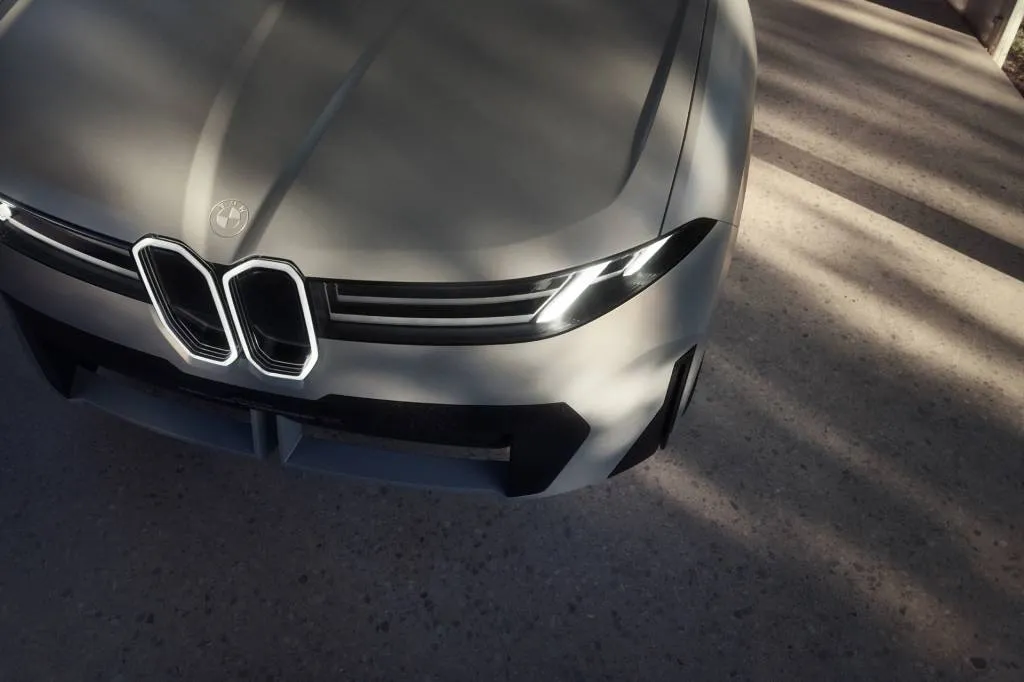
BMW Vision Neue Klasse X concept
Is AI any good, anyway?
BMW’s design leaders view AI as a good companion to the artistic driver. AI, they believe, has the power to democratize creativity. But is the result truly creative?
AI synthesizes information in vast quantities more efficiently than almost any human—but it’s also a dullard that cheats and appropriates its way to pseudo-brilliance. It flattens knowledge to mere data, and rends the value of human intellect.
Art itself is proof. Art springs from ingenuity and inspiration and authorship and individual distinction—the very opposite of democratization.
Experiments like these satisfy a certain demand. Already, the auto industry must do what all other industries are doing (especially media like this site): grapple with ways to harness computing to cut costs without sacrificing the appearance of utility or quality.
How to acknowledge all these contributions remains unsaid. Maybe it will be obvious. AI in many forms stands out like a hammered thumb. It imbues everything it touches, for now, with a baby-food sameness that could never produce a Hofmeister kink or a twin kidney grille, nevermind a Cowboy Carter or even a Baldassare Castiglione.
Within our lifetimes, will AI even be able to tell the difference between a randomly generated outcome or the perfect, creative, black-swan one? Will AI ever be able to “say the weird thing?” None of us can predict the outcome of it all—but at BMW, the trial runs have begun.
Credit : Source Post



